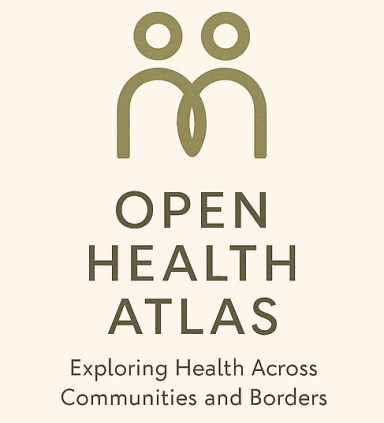Uncovering the Foundations of Our Writing Approach
At Open Health Atlas, I believe in the power of clear and consistent communication. The foundational writing principles are designed to guide the content creation process, ensuring that every publication produced is accessible and informative. Healthcare topics can often be complex, and it is my mission to break them down into easily digestible articles that reach our diverse audience. Each type of article we publish adheres to a specific structure that allows for the effective presentation of critical information and unique perspectives. Whether it’s a compelling case study, an insightful analysis, or an informative update, I carefully crafted my writing to meet the needs of my readers, helping them navigate the intricacies of health and well-being.
Clarity in Communication
In all my writings, I prioritise clarity. Each piece is meticulously edited to eliminate jargon and convoluted language, making it easier for our audience to grasp complex health concepts. This commitment to clarity enables me to serve not only health professionals but also the general public, fostering understanding in an area where knowledge is often pivotal.
Consistency Across Publications
Consistency is key to building trust with our readers. A cohesive tone and style are employed across all articles. This approach helps create a familiar reading experience, encouraging the audience to engage with the content repeatedly.
Structured for Impact
Every article type follows precise structural guidelines that enable the conveying of information more effectively. The structured approach enables readers to quickly locate crucial information, thereby enhancing the overall reading experience.
Effective Information Delivery
The way information is presented can significantly impact its reception; therefore, foundational principles are used as guidance in considering the needs and preferences of the audience, ensuring that each article is not only rich in content but also impact in how it communicates critical public and global health messages.
Explore Our Article Categories
Gain insights into the various article categories published. Each category has a structured format designed to serve its unique purpose and audience. Understanding these differences will enhance your reading experience and improve your writing contributions.

Explanatory Articles
Clarifying Complex Concepts
Explanatory Articles aim to break down intricate health topics into digestible information for readers. These pieces typically provide an overview of a subject, clarifying definitions and straightforwardly elaborating on key aspects. They are designed for anyone seeking to understand a particular health issue or concept.
Structure:
- Introduction – What the topic is and why it matters
- Background / Context – Situational or historical foundation
- Key Concepts – Core ideas and how they work
- Examples – Real-world applications (if relevant)
- Implications – Why readers should care
- References – Academic and institutional sources
Reference:
- Halstead, D. (2017). Harvard School of Public Health Guide

Data Commentary
Interpreting Statistical Insights
Data Commentary focuses on interpreting and analysing health-related data, often drawn from studies, surveys, or reports. These articles offer critical perspectives on trends and implications for public health, aiming to help readers understand the significance of the statistics presented.
Structure:
- Introduction – Define the focus of the data or report
- Source Overview – Who published it and why it matters
- Key Findings – Highlight essential statistics or graphs
- Interpretation – What the data mean in context
- Limitations – Gaps, caveats, or methodological notes
- Implications – What should be done or explored further
- References – Original source(s) and additional readings
Reference:
- BioMed Central (2024). Health Research Policy and Systems Guidelines

Topical Reviews
In-Depth Investigations of Current Issues
Topical Reviews are comprehensive examinations of current health issues, trends, or innovations. These articles provide an expanded view, weaving together various perspectives and findings to offer a comprehensive understanding of the current state of health at any given moment. They are ideal for readers who wish to stay informed about contemporary health narratives.
Structure:
- Introduction – Define the issue and its scope
- Summary – Key trends, findings, or literature
- Thematic Analysis – Break down by key subtopics
- Data Highlights – Statistics to support the narrative
- Insights / Gaps – What’s known and still unclear
- Future Directions – Needed research or policy action
- References – Systematic reviews, datasets, and primary studies
References:
- Ferrari, R. (2015). Medical Writing, 24(4), pp.230–235
- Sukhera, J. (2022). Journal of Graduate Medical Education, 14(4), pp.414–417

Policy Commentary
Evaluating Health Policies
Policy Commentary centres on the analysis and critique of existing or proposed health policies. These articles review policy frameworks, assess their potential impacts, and provide recommendations. They serve as a vital resource for those involved in health policy-making or advocacy, aiming to enhance understanding of policy implications for public health.
Structure:
- Introduction – Issue and perspective being presented
- Context – Recent developments or background information
- Arguments – Evidence-based reasoning and claims
- Counterpoints (optional) – Acknowledge complexity or other views
- Conclusion – Reaffirm your position and suggest action
- References – Support your position with credible sources
References:
- SpringerOpen (2021). Journal of Patient-Reported Outcomes.
- Canada Communicable Disease Report (2015), 41(4), p.83
